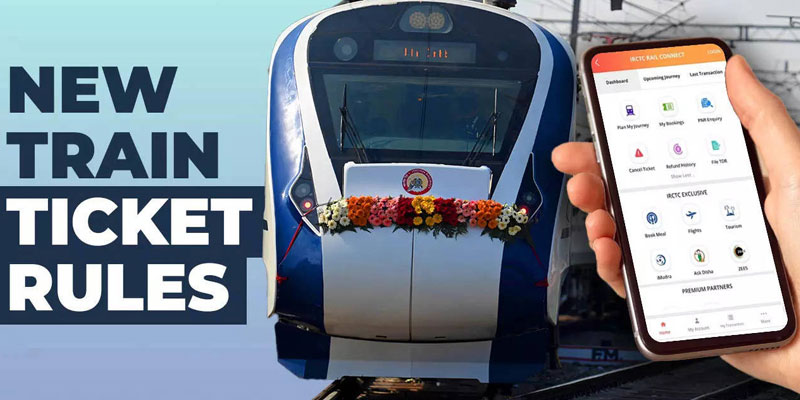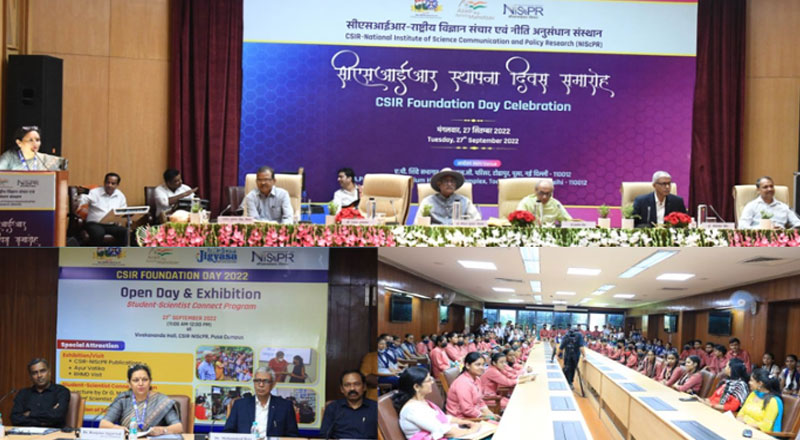A Major Step Toward Smarter Travel
In a landmark move aimed at easing passenger anxiety and reducing train overcrowding, Indian Railways has capped waiting list tickets at 25% of a train's total seating capacity. The new policy, now in effect, is designed to ensure more confirmed tickets, greater transparency, and a better travel experience for millions of daily passengers.
Indian Railways: A Technological Journey
From steam locomotives to high-speed Vande Bharat trains, Indian Railways has come a long way in modernizing its systems. Over the last decade, it has embraced digital ticketing, real-time train tracking, dynamic pricing, and AI-based crowd management. The latest policy reflects the Railways’ ongoing mission to make train travel more efficient, predictable, and passenger-friendly through data-driven reforms.
What’s Changing: The New 25% Cap
Under the revised guidelines, the number of waiting list tickets issued will be restricted to just 25% of total seats on a train. This applies to all classes and major train types, including Rajdhani, Shatabdi, Duronto, Superfast, and Mail/Express trains.
For example, if a train has 1,000 seats, a maximum of 250 waiting list tickets will now be issued. This is a sharp departure from the earlier quota-based system that allowed up to 400 waiting tickets in Sleeper class and up to 100 in AC 2-Tier, often resulting in overcrowded compartments.
Clarity, Comfort, and Control
The Ministry of Railways explains that around 20–25% of waitlisted passengers typically receive confirmation before final charting. Aligning the cap with this trend ensures that passengers who are unlikely to get confirmed tickets are not issued misleading or false hopes of travel.
A senior Railway Board official noted, “Overcrowding in reserved coaches due to excessive waitlist ticketing has long disrupted the passenger experience. This cap introduces long-needed discipline in the system.” The policy also honors seat quotas reserved for senior citizens, women, and differently-abled passengers, ensuring inclusive access while optimizing seat distribution.
Implementation Across Zones
The new rule has already been rolled out across all zonal railways, following the issuance of a formal circular by the Railway Board. Officials confirm that updated waitlist ticketing limits are now in place for all categories and classes of travel. This reform replaces the previous policy, governed by a January 2013 circular, which had static and generous waitlist caps that didn’t account for real-time passenger behavior or booking trends.
Public Response and Future Impact
The response from passengers—especially frequent travellers—has been overwhelmingly positive. Many appreciate the increased clarity in ticket status and the reduced chances of being forced into overcrowded, uncomfortable rides due to unconfirmed tickets.
With less chaos in reserved coaches, smoother boarding processes, and improved seat utilization, the Indian Railways is positioning itself for a more organized and secure travel environment—one that mirrors global standards of efficiency and passenger service.
A Smart Shift for a Smoother Journey
The 25% cap on waiting list tickets is not just a procedural update—it’s a strategic shift. It reflects Indian Railways’ growing reliance on data analytics and passenger behavior insights to inform policy decisions. As India’s most critical transport lifeline, these reforms will go a long way in restoring confidence, reducing travel anxiety, and delivering on the promise of safer, more reliable rail journeys.
(With agency inputs)

















